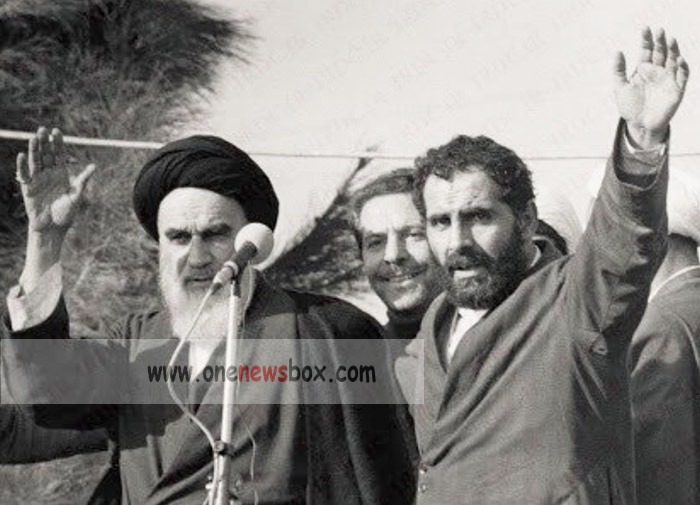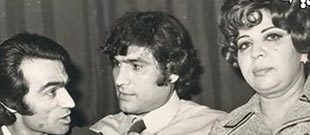Political Awakening and Revolutionary Activity
During the 1960s and 1970s, Iran was under the rule of Mohammad Reza Shah Pahlavi, whose modernization policies, though ambitious, alienated many clerics. Like many young seminary students, Nateq Nouri was drawn to Khomeini’s opposition movement against the Shah’s regime. He first met Khomeini in 1961, and from that point, became an active supporter of his cause.
Due to his public preaching and organizational activities, Nouri was imprisoned several times by the Pahlavi government and was also banned from delivering sermons (pulpit ban). These experiences not only radicalized his political outlook but also strengthened his reputation as a loyal follower of Khomeini’s revolutionary message.
Following the Islamic Revolution of 1979, Nateq Nouri was among those clerics who quickly transitioned from opposition activism to administrative leadership. His combination of religious legitimacy and managerial discipline made him a suitable choice for several key posts in the newly formed Islamic Republic.
Rise to Power: The Early Years of the Islamic Republic
After the revolution, Nateq Nouri became an important member of the Society of Combatant Clergy (Jame’e-ye Rowhaniyat-e Mobarez), a key conservative clerical organization that played a decisive role in shaping post-revolutionary politics.

